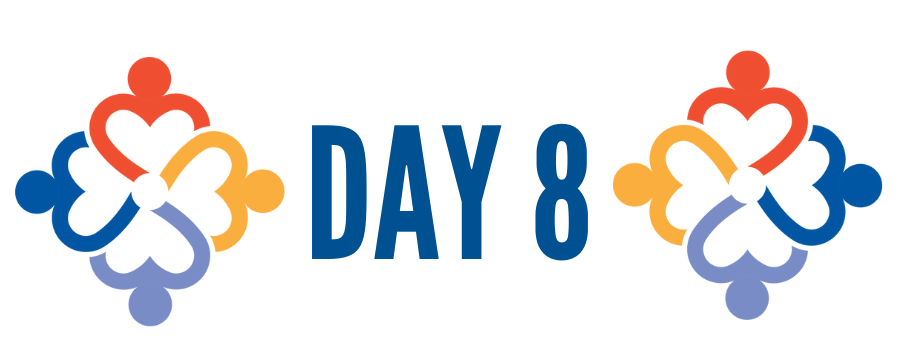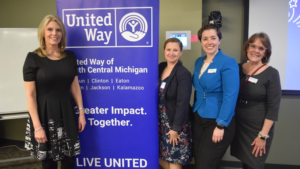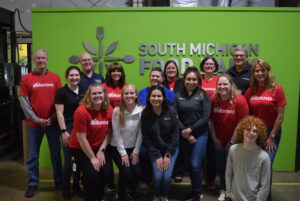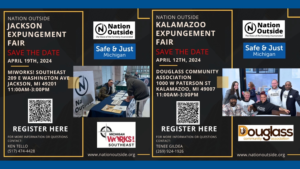
Day 8: Housing Access
The reality is that housing affordability and those who experience houselessness are largely influenced by our country’s history of oppression. Housing insecurity is an issue that disproportionately impacts people from various marginalized groups. It’s important to note that here and elsewhere, we use the language preferred by people directly impacted by the issue. The terms “unhoused” and “houselessness” are used for this reason. Supporters of these terms share that houselessness does a better job capturing and describing these experiences. Home as a concept and term is more than just a physical place like a house is. What do you think about when you think of your home? What about your house?
According to the Center for American Progress 2019 article, How America’s Housing System Undermines Wealth Building in Communities of Color, “For centuries, structural racism in the U.S. housing system has contributed to stark and persistent racial disparities in wealth and financial well-being, especially between Black and Hispanic or Latino households and white households.” The Federal Housing Administration systematically excluded Black community members in its plans to expand our country’s housing stock by refusing to insure mortgages in and near Black neighborhoods. This policy became known as “redlining.” Housing costs were subsidized, and mortgages insured for White community members. We are only a few generations removed since the Federal Housing Administration first put these policies in place. Home ownership has been measured to be one the biggest predictors of the most sizable transfer of wealth between generations.
It is estimated that 25% of people who are unhoused are people with disabilities. Although there are laws in place to protect the rights of people with disabilities, discriminatory housing policies and practices still exist.
Nearly 44% of Native/Indigenous LGBTQ youth, 26% of Black LGBTQ youth, 27% of Latine LGBTQ youth, and 27% of White LGBTQ youth have experienced houselessness or housing instability in their life. Houselessness and housing instability were reported at higher rates among transgender and nonbinary youth including 38% of transgender girls/women, 39% of transgender boys/men, and 35% of nonbinary youth, compared to 23% of cisgender LGBQ youth.
These examples are only a small snapshot of the ways marginalized communities experience houselessness. One thing becomes clear, even with legal protections and contemporary support, the effects of historical discrimination still impact our communities today.
Today’s Challenge
Read:
Accessible Housing Should Be Affordable, Too by Jessicah Pierre (Nov 2018) [3 min read] This article draws the connections between poverty and disability and highlights the challenges people with disabilities face finding housing that’s both affordable and accessible.
Embedding Racial Equity in Housing, by the National League of Cities (July 2020) [7 min read] In this article, the National League of Cities shares historical context, current data, and concrete strategies communities can take to imbed racial equity in housing access.
Watch:
Exposing Housing Discrimination: A Conversation with Marge Turner and Justin Carter by Urban Institute (July 2013) [5 min watch]. This video from the Urban institute exposing how housing discrimination against marginalized communities including racial and ethnic minorities, people with disabilities, LGBTQIA+, and low-income families occurs today.
Marsha’s House: Life as a LGBTQ Homeless Youth by MetroFocus, (June 2019). [13 min watch] Meet Romaine Leslie as we follow his journey through the shelter system and learn more about Marsha’s House, a housing support providing emergency housing to houseless LGBT youth.
Discussion:
- What information about housing insecurity or houselessness surprised you?
- What stories were you told growing up about people who are houseless? How did that shape your assumptions or beliefs about people who are houseless? Has that changed over time?
- What are some ways that housing insecurity are being addressed in your local community?










